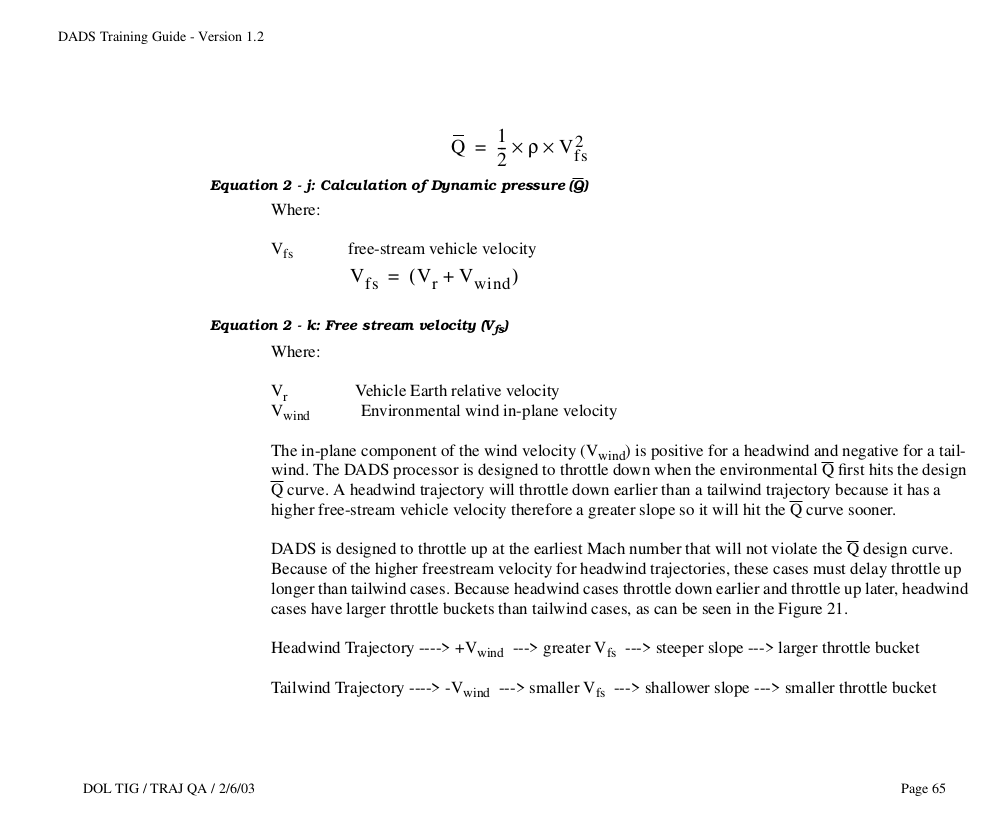In this article about max Q https://en.m.wikipedia.org/wiki/Max_Q the shuttle launch is discussed. Since there are four distinct large objects - two boosters, one shuttle and one giant tank - there could be several ways to define an effective max-Q.
There are three different aerodynamic pressures on leading surfaces, and two distinct average shear forces on struts connecting the components. Since both the boosters and the shuttle produce thrust, and since each had a different mechanism for reducing thrust around the one-minute mark, this must have been quite an interesting problem compared to a single body cylindrical rocket.
In this case, which was more critical - pressures on the objects and their internal structure, or drag-induced shear forces between objects due to imbalances of sums of drags and thrusts?
